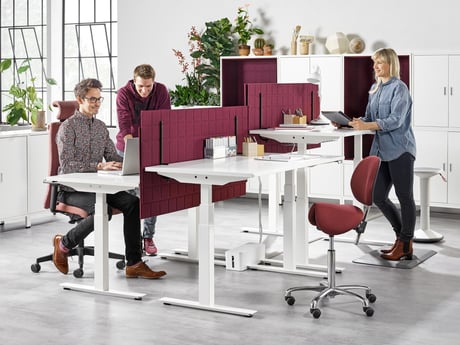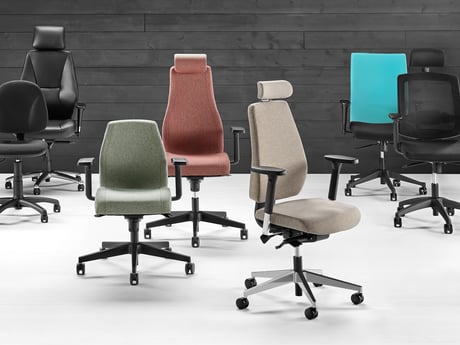Why banning mobile phones makes for more productive meetings

Mobile phones are now a constant presence in our day-to-day lives and are frequently a major source of distraction. This is true both at home and in the workplace. Unfortunately, this can make it difficult to get someone’s full attention. Perhaps you’ve heard about parents instituting mobile-free dinners to encourage kids to actively engage with their family instead of their phones. The same issues affect businesses, where mobile-free meetings are becoming an increasingly popular approach to ensure full participation in meetings without the risk of distraction.
Why are mobile-free meetings a good idea?
Full concentration
Switching between different activities means that participants don’t give their full attention to either one. By asking meeting attendees to power down their devices, they can actively engage with the meeting.
Fewer distractions
We all know how hard it is not to look at our phone when it’s in front of us, even if we have no reason to do so. By making it clear that mobile phone use will not be tolerated during the meeting, you remove the temptation.
Politeness
Many people find it very annoying, and even rude, when someone frequently looks at their phone instead of the person in front of them. Most people know to avoid it with clients, but it can also damage inter-employee relationships. Just having your mobile phone in front of you during a face-to-face meeting can make the other participant(s) feel less important as it suggests that you will choose to answer a call or message that comes in rather than giving the people in the room your full attention.
Better dynamic in the room
Even if just one person in a large group is using their phone during a meeting, it will throw off the dynamic of the whole group. If everyone participates in the meeting, there is a better flow of ideas and no resentment over colleagues not pulling their weight. When you take the phones away, people relax and talk to each other more, creating better relationships.
How to stop mobile phone use in meetings
Make a no-smartphone rule ahead of time
It is best to address the issue of smartphone use during the meeting upfront. Ask people to turn off their phone at the start of the meeting. An even better solution is to make it clear in the meeting invite that the meeting will be a mobile-free zone, that way everyone knows in advance what to expect and comes prepared to turn off and tune in. Repeat the rule as often as is necessary. If you intend to make mobile-free meetings common practice in your office, then set it out in writing to all staff so that everyone is aware of company policy.
Implement a check-your-phone-at-the-door policy
Another option is to operate a check-your-phone-at-the-door policy. Instead of relying on meeting attendees turning their phones off or avoiding looking at them during the meeting, you collect everyone’s phone as they enter the meeting room. An easy way to do this is by asking people to place their phone in a basket and placing it in a corner of the room (if you do this make sure you have sticky notes available so that everyone can label their device!). An even better solution is to install mobile phone storage cabinets or personal effects lockers in the corner of the conference room or just outside in the hallway. This provides lockable storage for the devices ensuring that people don’t worry about the security of their phone during the meeting. It also gives an indication of how serious you are about the policy. You could even opt for charging lockers to encourage people. While a basket is fine when everyone is in the room, people will be inclined to pick their phones back up during breaks, both for security and out of habit.
Let people know when they can get back online
Try to stick to the end time you have set out in the meeting invite so that people can give the meeting their full attention but also anticipate when they will be able to respond to emails and messages. If the meeting is planned to run longer than two hours, set aside time for a break and let people know in advance when that will be so that they can check in.
Lead the way
As the meeting organiser, make sure you follow your own rule and check your device at the door to set a good example!



